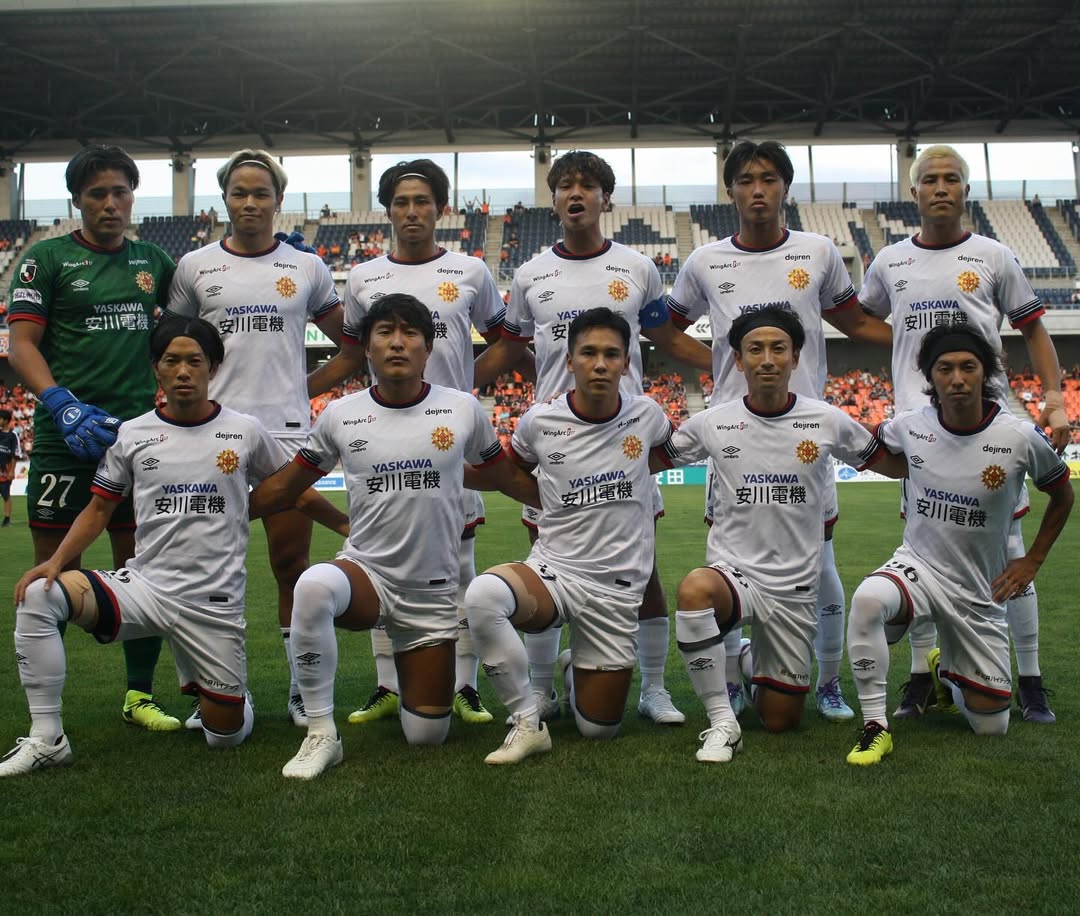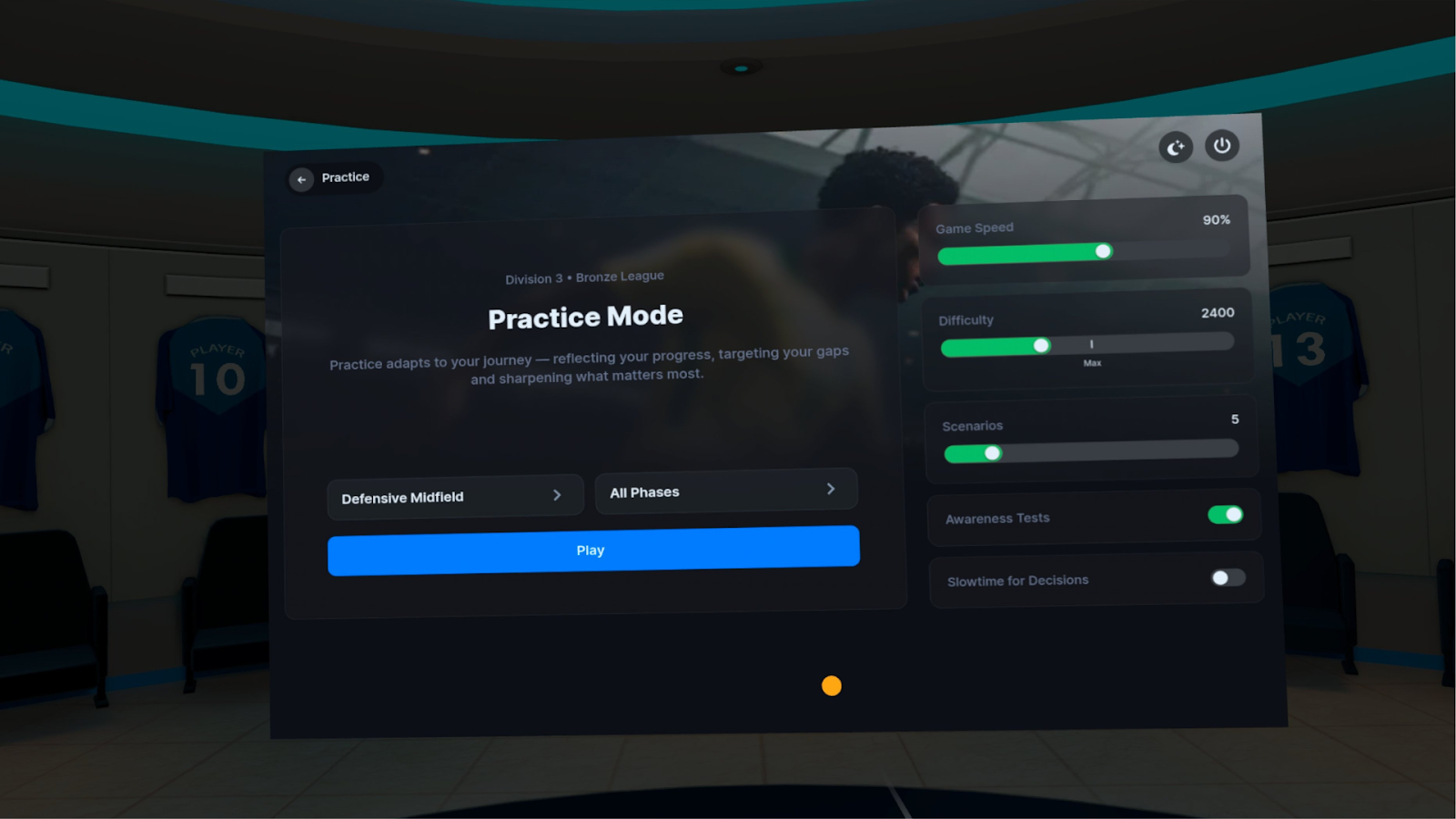Soccer is a contact sport, where injuries are inevitable. Virtually all players go through them, and we can all agree that they suck.
A recent study showed that for every 1000 hours of soccer that you play, you’d expect to pick up an average of 8 injuries in that time.
Whether you’re a young player trying to make it, or a seasoned pro at the top of your game, injury can seriously hamper both your confidence and ability to develop.
However, what distinguishes you as a soccer player is your ability to bounce back after an injury. Whether your injury is a simple ankle sprain or a serious double fracture, you risk losing touch with your skills if you take time off without practicing.
This is not to say you don’t need rest after an injury. However, with soccer, like every other sport, you need to undertake constant practice to remain fit and maintain or improve your skill level. That’s why staying active is vital during your recovery process.
Soccer practice during recovery is expectedly more nuanced than usual practice. You will typically need to find ways to work around your injury while improving your range of motion. This article will guide you on navigating soccer training during recovery and returning to playing in the best shape possible.
Understand Your Injury

Proper diagnosis is essential. It helps you to understand the severity of your injury and how to proceed with treatment. More so, if you intend to practice during recovery, you must work closely with your doctor, physical therapist, or any other medical professional. This is because they are better positioned to provide informed advice on how you can develop an effective return-to-play strategy.
Your medical professionals are fully aware of the state of your health and your recovery process. They understand the nature of your injury and whether it is safe for you to start practicing. Essentially, there is really no better practice "partner" than your medical professional.
We’ve all tried to self-diagnose injuries in the past, myself included, thinking that it would just go away on its own. And sometimes, it does. But occasionally it doesn’t, and even gets worse. That’s why you should always seek professional assistance early on.
It’s important to be fully transparent with your doctor before and after you start to practice. Such honest communication will keep you on the right track as you practice.
Train in the Best Way Possible

The most effective way to train during recovery is to build your training routine around your injury. Adopting exercises unsuitable for your injury might strain your injured area and aggravate your injury. However, there are still low-impact exercises you can adopt depending on your injury and its severity. The most important thing is to listen to your body. If something hurts, then stop immediately. Some light-intensity soccer drills you can adopt include:
- One Touch Drills: Depending on your stage of recovery, practicing light one-touch passes can be a great way to stay fit while simultaneously improving passing skills. For the most part, you’ll need only a soccer ball and a wall to implement this drill.
- Ball Control Drills: You do not necessarily have to let go of the traditional soccer drills like ball control drills. Of course, you will need to tailor the drills to your injury. Nevertheless, ball control drills can come in handy if you intend to maintain or improve your ball mastery.
- Simple Footwork: For a more laid-back practice, you can try practicing simple footwork. You will hardly need to shoot a ball with this drill. All you need to do is get in a triple threat position, then practice your front and reverse pivots.
- Resistance Band Exercises: These can help improve your core strength and stabilization. They often come in handy and help soccer players keep active while recovering from a hamstring injury.
Practice Your Cognitive Skills

Exceptional soccer players have strong cognitive skills. You can’t achieve soccer mastery without skills like game intelligence, pattern recognition, and spatial perception. These are instrumental in your decision-making on the pitch. However, there are high chances that you will be unable to practice with your teammates during recovery. This is where virtual reality apps like Be Your Best come in handy.
Be Your Best puts you in the first person view of a player on an 11 a side field. You’ll play through scenarios recreated from real life professional games, as you work to improve your cognitive skills. Train your scanning, vision, and decision making, as you work to become the most aware player on the field.
While your injury might restrict your ability to practice with your teammates on the pitch, Be Your Best lets you put in the hours with no physical impact on your body. You can train anywhere, anytime, from your living room to bedroom, and only need a small amount of space to do so.
What’s better yet, is that Be Your Best is scientifically proven to improve your performance on the field. In a recent study with a top level youth national team, players who trained with Be Your Best saw a 28% increase in scan rate after just 9 weeks.
You’ll need a Meta/Oculus Quest 2 VR headset to use Be Your Best. To learn more about how Be Your Best can help improve your game, just click here.
Focus on Fitness and Mobility

As you go through your recovery journey, fitness is crucial. Since your recovery will still be in the works, low-impact mobility exercises are advisable. Swimming and cycling are typical for injured soccer players looking to stay active.
Everything will of course depend on the type and severity of your injury, but in most cases, there will always be a way to maintain your fitness while avoiding the risk of aggravating your injury further.
Many injured players see injury as an opportunity to improve their all round mobility. When busy training and playing, lots of younger players forget the importance of stretching and how this can benefit their performance.
Find 30 minutes a day to stretch out your entire body. This will both improve your overall posture, and also decrease the risk of future injury.
If your injury is a lower limb one, find some time to focus on your upper and core body strength, helping to provide you with more power and stability on the field.
Watch and Analyze Soccer Games

Even while out injured, you can still learn from the best and how they play. Try to consume as much soccer content as possible, picking up pointers and tips for your position.
Don’t just passively watch games though. Pick a player to focus on and study everything they do, both on the ball and off.
If you have any footage of games you’ve played in, dig into those, and see what you could do better in certain situations.
There are plenty of great resources across social media and the web that can help you. Here at Be Your Best, we create great content to learn from on both our Instagram and TikTok pages.
Try to Stay Motivated

Being patient is probably the most challenging part of the recovery process. Given that you love being on the pitch, there are high chances that you might feel down when your team plays. The days of recovery might also seem never ending. However, one tip for getting through this phase is to look at the bigger picture. Set long-term and short-term goals for your career and what you intend to achieve post-injury. These goals will motivate you to optimize your recovery time and train as much as possible.
Apart from this, try to maintain a close connection with your team and the soccer community. You can stay connected with your team by attending games and giving words of encouragement. Even if you cannot physically play, many of your teammates will remain conscious of your support.
Manage the Risk of Re-injury
Conclusion
While injuries can be reduced, they are an unavoidable part of your career as a soccer player. This is why you must be determined to train effectively and get back on the field better than ever. You can’t go back and change an injury, you can only make the most of it. So don’t sit around feeling sorry for yourself. Instead, find ways to continue improving while out. Over time, it’s these marginal gains that add up, helping you to become a better player on the field.





